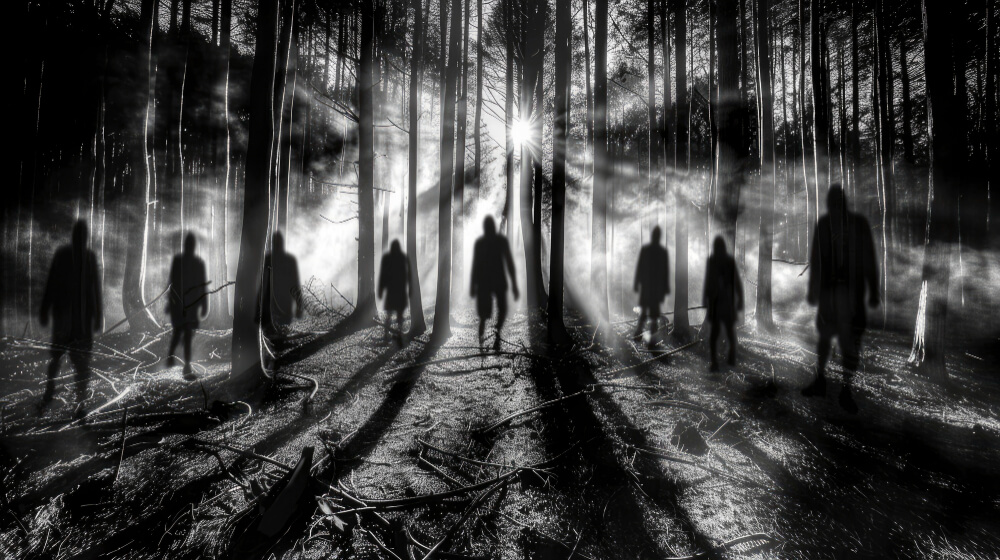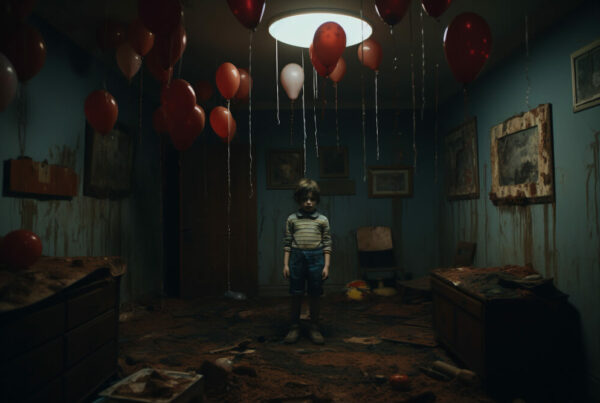Introduction
Horror films have been captivating audiences for over a century, evolving in style, themes, and techniques as societal fears and technological advancements have changed. From the silent era’s eerie expressions to today’s high-budget thrillers, the genre has constantly reinvented itself while maintaining its core mission: to scare, shock, and entertain. This blog explores the evolution of horror films, highlighting key milestones, influential films, and the genre’s relationship with society.
1. The Silent Era (1895-1929)
The origins of horror films can be traced back to the silent era, where filmmakers began exploring fear through visual storytelling. Notable early films set the stage for the genre’s future.
Key Films
- “The Cabinet of Dr. Caligari” (1920): Directed by Robert Wiene, this German expressionist film is often regarded as the first true horror film. Its stylized visuals and twisted narrative set the tone for psychological horror.
- “Nosferatu” (1922): F.W. Murnau’s unauthorized adaptation of Bram Stoker’s “Dracula” introduced audiences to the iconic figure of Count Orlok. The film’s haunting imagery and atmospheric score established the foundation for vampire lore in cinema.
Cultural Context
The silent era’s horror films often reflected societal anxieties following World War I, exploring themes of madness and the unknown. The disorienting visual style of expressionism embodied the chaos and uncertainty of the time.
2. The Golden Age of Horror (1930-1959)
The introduction of sound brought new life to horror films, leading to the creation of some of the most iconic monsters in cinematic history. Universal Pictures emerged as a powerhouse, producing films that would define the genre.
Key Films
- “Dracula” (1931): Starring Bela Lugosi, this film popularized the vampire archetype and introduced a new level of sophistication to horror.
- “Frankenstein” (1931): Directed by James Whale, this adaptation of Mary Shelley’s novel showcased Boris Karloff as the iconic creature, blending sympathy with horror.
- “The Wolf Man” (1941): This film introduced the werewolf mythology and established the tragic hero archetype in horror.
Cultural Context
The Golden Age of Horror was characterized by a fascination with the supernatural and an exploration of moral dilemmas. The Great Depression and World War II fostered a desire for escapism, making horror a popular genre during this era.
3. The Rise of Psychological Horror (1960-1979)
The 1960s and 1970s saw a shift towards psychological horror, focusing on the mind’s complexities and societal issues. Filmmakers began to explore horror through a more realistic lens, addressing contemporary fears.
Key Films
- “Psycho” (1960): Directed by Alfred Hitchcock, this film revolutionized horror with its shocking narrative twists and psychological depth, introducing audiences to Norman Bates.
- “Rosemary’s Baby” (1968): Roman Polanski’s film explored themes of paranoia and the occult, portraying a woman’s descent into fear and isolation.
- “The Exorcist” (1973): This film’s exploration of possession and faith captured audiences’ imaginations, becoming a cultural phenomenon.
Cultural Context
The era was marked by social upheaval, including civil rights movements and changing gender roles. Horror films began reflecting these tensions, addressing issues of identity, power, and societal control.
4. The Slasher Boom (1980-1989)
The 1980s marked the rise of slasher films, characterized by a formulaic approach that featured masked killers and graphic violence. This era redefined horror and introduced memorable franchises.
Key Films
- “Halloween” (1978): John Carpenter’s film set the standard for the slasher genre, introducing the “final girl” trope and establishing the killer as a central figure.
- “A Nightmare on Elm Street” (1984): Wes Craven’s film brought a supernatural element to slasher films with Freddy Krueger, who attacked victims in their dreams.
- “Friday the 13th” (1980): This film established the archetype of the summer camp killer and became a staple of the slasher genre.
Cultural Context
The slasher boom reflected societal fears about youth culture and sexuality, often punishing characters for their moral transgressions. The genre also coincided with the rise of home video, making horror more accessible to audiences.
5. Revival and Innovation (1990-1999)
The 1990s saw a revival of horror with innovative storytelling techniques and a self-aware approach to the genre. Filmmakers began to play with audience expectations, leading to a new wave of horror.
Key Films
- “The Silence of the Lambs” (1991): This psychological thriller combined horror with crime drama, featuring the chilling character of Hannibal Lecter. It received critical acclaim and won several Academy Awards.
- “Scream” (1996): Wes Craven’s meta-horror film revitalized the slasher genre, commenting on horror tropes while delivering genuine scares.
- “The Sixth Sense” (1999): M. Night Shyamalan’s film focused on emotional depth and suspense, becoming a cultural touchstone with its iconic twist ending.
Cultural Context
The 1990s were marked by a desire for authenticity and depth in storytelling. Audiences sought horror films that challenged conventions and provided meaningful narratives alongside scares.
6. The New Wave of Horror (2000-Present)
The 21st century has seen the rise of diverse voices in horror, exploring themes of identity, culture, and social issues. Filmmakers are pushing boundaries, experimenting with styles and narratives.
Key Films
- “The Ring” (2002): This remake of a Japanese film popularized the J-horror trend in the West, focusing on psychological dread and a sense of inevitability.
- “Get Out” (2017): Jordan Peele’s film used horror as a lens to explore race relations in America, receiving critical acclaim and sparking conversations about societal issues.
- “Hereditary” (2018): Ari Aster’s psychological horror film delved into family trauma and grief, offering a fresh perspective on horror storytelling.
Cultural Context
The current wave of horror reflects a broader cultural shift, addressing issues such as mental health, social justice, and identity. Filmmakers are using horror to challenge societal norms and provoke thought.
Conclusion: The Endless Evolution of Horror
The evolution of horror films is a testament to the genre’s adaptability and relevance in reflecting societal fears and cultural shifts. From the silent era’s eerie visuals to today’s thought-provoking narratives, horror continues to captivate and challenge audiences.
As we move forward, it’s exciting to imagine how horror will evolve in response to our changing world. With each new film, the genre reaffirms its capacity to explore the darkest corners of the human experience while offering a thrilling escape into fear. Whether you’re a lifelong fan or a newcomer to the genre, the journey through the history of horror films reveals a rich tapestry of storytelling that continues to evolve, entertain, and provoke.





